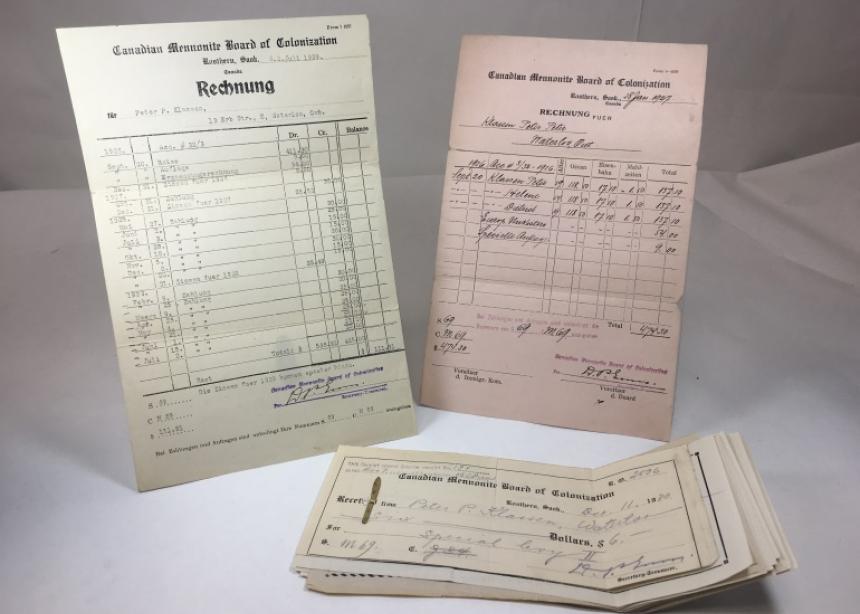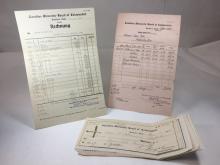The Canadian Pacific Railway (now known as Canadian Pacific Kansas City) played an important role in the creation of Canada. It also played a key role in the coming of Mennonites from the Soviet Union to this country 100 years ago.
That’s why participants in “Memories of Migration: Russlaender Tour 100” are taking the train from Quebec to B.C. as part of the July 6-25 tour to commemorate the arrival of more than 21,000 Mennonites from 1923 to 1930.
The journey that brought Mennonites to trains in Canada started in 1917 when the Bolsheviks came to power in Russia. Their harsh rule brought hardship, starvation and persecution to Mennonites (and others) in that country. They turned to their coreligionists in North America for help.
In Canada, the Canadian Mennonite Board of Colonization was organized to provide assistance. In the early 1920s, it approached the Canadian Pacific Railway (CPR) with a proposal to transport Mennonites from Russia to Canada on credit, using the CPR’s ships and trains.
The CPR approved the request and, over the next seven years, more than 21,000 Mennonites came to Canada with help from the railway. The total cost was more than $1.5 million (more than $26 million today).
Extending that credit was a gamble for the CPR and for the Board of Colonization. Each Mennonite family who travelled to Canada on credit under this agreement promised to pay back their Reiseschuld (travel debt).
The railway felt confident about repayment, knowing Mennonites were hardworking and trustworthy. But the Great Depression made things hard for many, especially for farmers, and some found the travel debt to be a burden.
By the 1930s, the debt had increased to $1.7 million due to interest. The CPR and the Board of Colonization renegotiated the debt, with the CPR agreeing to cease charging further interest. The last of the debt was paid in 1946.
The CPR no longer operates passenger trains in Canada; that service is now operated by VIA Rail.
But over the next few weeks, descendants of those immigrants will commemorate their journey by taking a symbolic train trip across Canada to commemorate that great migration.
Stay tuned to canadianmennonite.org/blog for updates.
—With files from the Global Anabaptist Mennonite Encyclopedia Online
John Longhurst is a freelance writer from Winnipeg who is blogging about the tour.
Read John's previous post about the tour:
Train tour prepares to leave the station



Add new comment
Canadian Mennonite invites comments and encourages constructive discussion about our content. Actual full names (first and last) are required. Comments are moderated and may be edited. They will not appear online until approved and will be posted during business hours. Some comments may be reproduced in print.